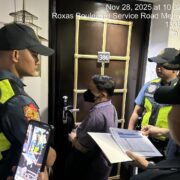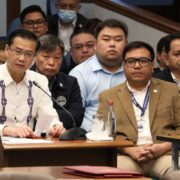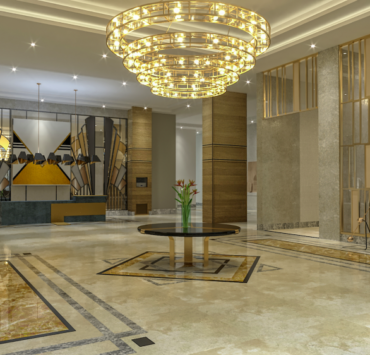Why you should think twice before skipping the RFO condo opportunity
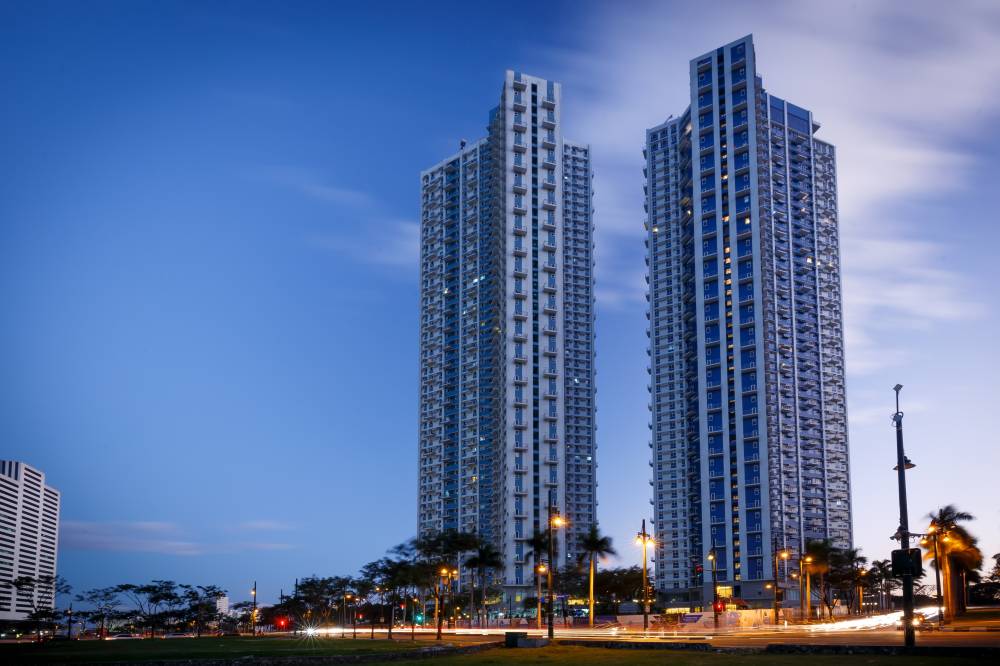
Urban density continues to influence how property buyers assess residential options throughout the Philippines. Areas like Metro Manila, Cebu, and Davao now reveal skylines shaped by vertical living and integrated infrastructure.
While pre-selling developments dominate many narratives, ready-for-occupancy (RFO) condominium units offer a compelling alternative for those seeking certainty, immediacy, and investment potential. These built and titled assets counterbalance the uncertainties that still shadow developments that are under construction.
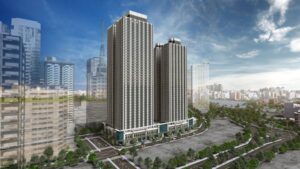

The value of immediate assessment
Buyers can walk through completed units, feel the air flow, evaluate acoustic behavior, and analyze daylighting firsthand. Surface finishes, structural integration, and interior makeup become fully observable.
Rental income can also begin immediately. In active urban districts such as Makati, Ortigas, and Bonifacio Global City, demand remains high for studio and one-bedroom units, particularly those near offices, commercial centers and academic institutions.


Location signals long term stability
RFO developments often emerge in already established neighborhoods. These locations benefit from completed infrastructure, reliable transport networks, and integrated commercial establishments. Such mature environments offer data-driven insights into property performance.
Units near government buildings, major universities, or transit-oriented hubs maintain higher market resilience. They attract stable rental demand and support better resale liquidity. In Metro Manila, access to MRT lines, zones with business process outsourcing (BPO) firms, and government institutions enhances a property’s strategic value.
You can already assess walkability and environmental safety. Well-lit streets, accessible sidewalks, and proximity to daily essentials contribute to the quality of life and attract long term residents. Observe the site at various times of day and interact with existing tenants to gain an accurate impression of the living environment.
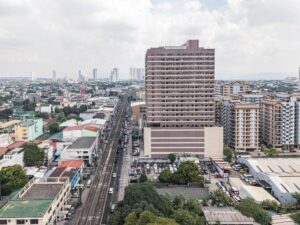

Understanding the complete cost framework
Closing an RFO unit involves transfer taxes, documentary stamp duties, registration fees, and association dues, all of which contribute to the financial obligation. Before proceeding, request a comprehensive breakdown from the seller or agent.
Check for any unsettled association dues from the current owner or developer. Inquire about move-in logistics, including potential charges for elevator use, water and power applications, and administrative handling.
Validate the property’s titling status. Units with clean and completed titles move faster through the transfer process. Titles with encumbrances or pending documentation can result in delays and legal complications.


Acting at the right moment
As Philippine cities continue to expand vertically, the supply of accessible RFO units in strategic locations becomes increasingly limited. Ongoing infrastructure projects, such as rail extensions and expressway linkages, continue to increase land values and encourage development farther out.
While pre-selling offers longer payment terms, it brings construction, market, and regulatory uncertainties. RFO buyers, meanwhile, acquire tangible assets with immediate function, minimized risk, and income readiness.
The RFO condo unit offers a clear solution in a market often affected by delays. It turns speculation into reality, giving buyers a straightforward path to occupancy. Those who understand its details and verify its integrity gain a reliable investment in the built environment.
The author (www.ianfulgar.com), is a leading architect with an impressive portfolio of local and international clients. His team elevates hotels and resorts, condominiums, residences, and commercial and mixed-use township development projects. His innovative, cutting-edge design and business solutions have garnered industry recognition, making him the go-to expert for clients seeking to transform their real estate ventures





